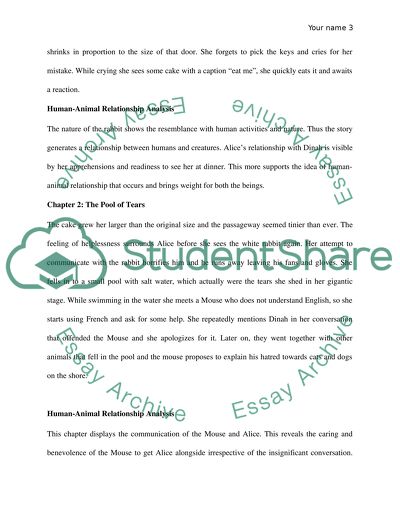Cite this document
(Human-Animal Relationship in Alices Adventures in the Wonderland by Book Report/Review - 4, n.d.)
Human-Animal Relationship in Alices Adventures in the Wonderland by Book Report/Review - 4. Retrieved from https://studentshare.org/literature/1659402-writers-choice
Human-Animal Relationship in Alices Adventures in the Wonderland by Book Report/Review - 4. Retrieved from https://studentshare.org/literature/1659402-writers-choice
(Human-Animal Relationship in Alices Adventures in the Wonderland by Book Report/Review - 4)
Human-Animal Relationship in Alices Adventures in the Wonderland by Book Report/Review - 4. https://studentshare.org/literature/1659402-writers-choice.
Human-Animal Relationship in Alices Adventures in the Wonderland by Book Report/Review - 4. https://studentshare.org/literature/1659402-writers-choice.
“Human-Animal Relationship in Alices Adventures in the Wonderland by Book Report/Review - 4”, n.d. https://studentshare.org/literature/1659402-writers-choice.


